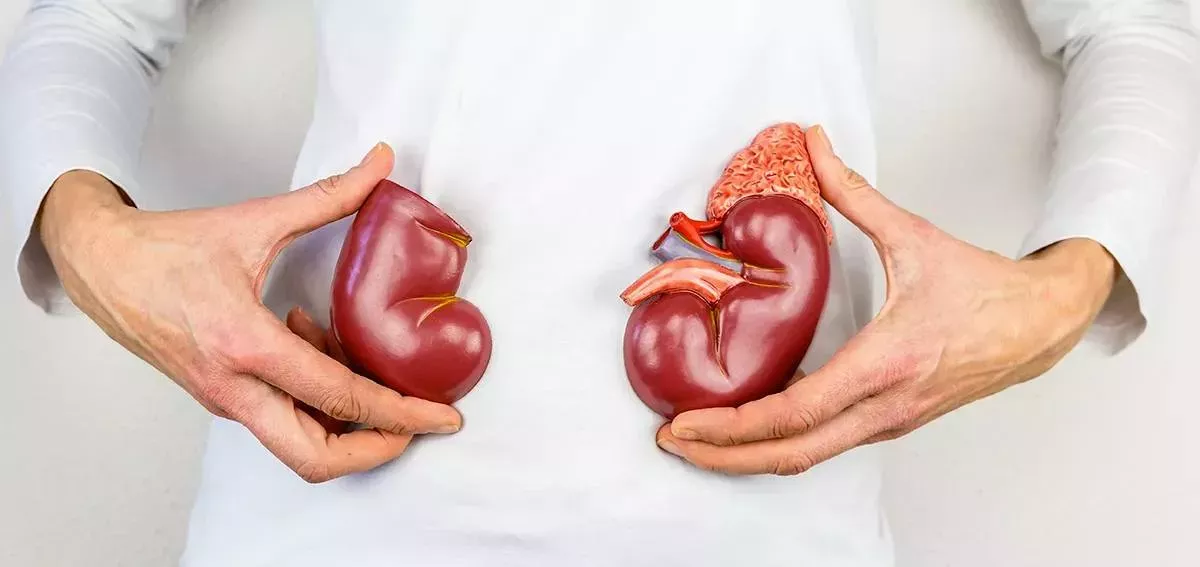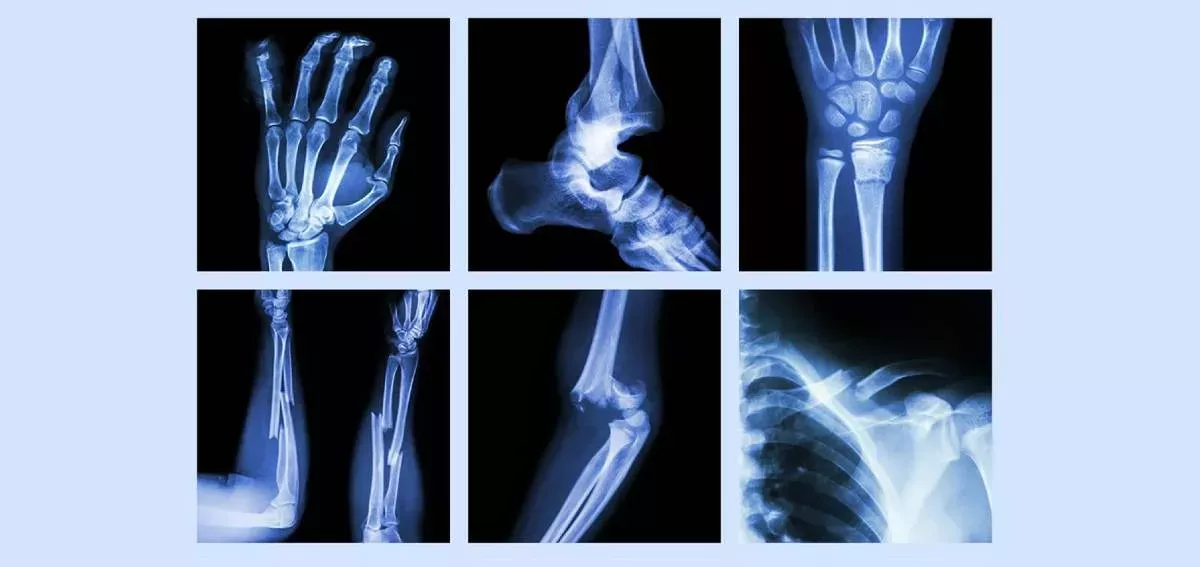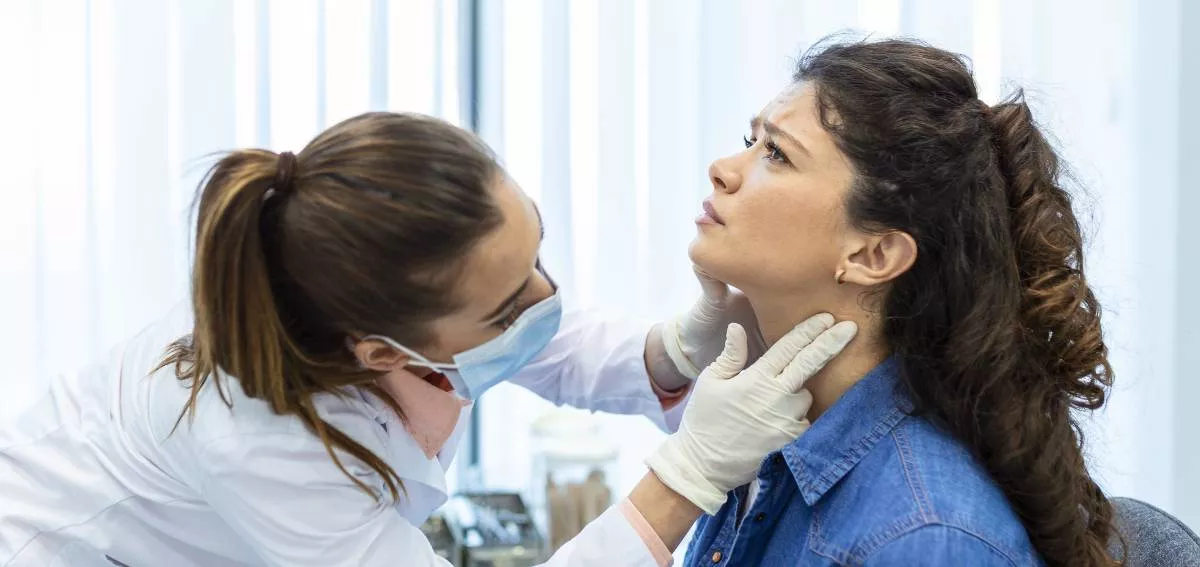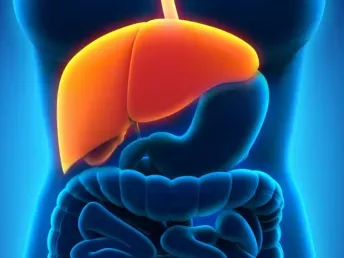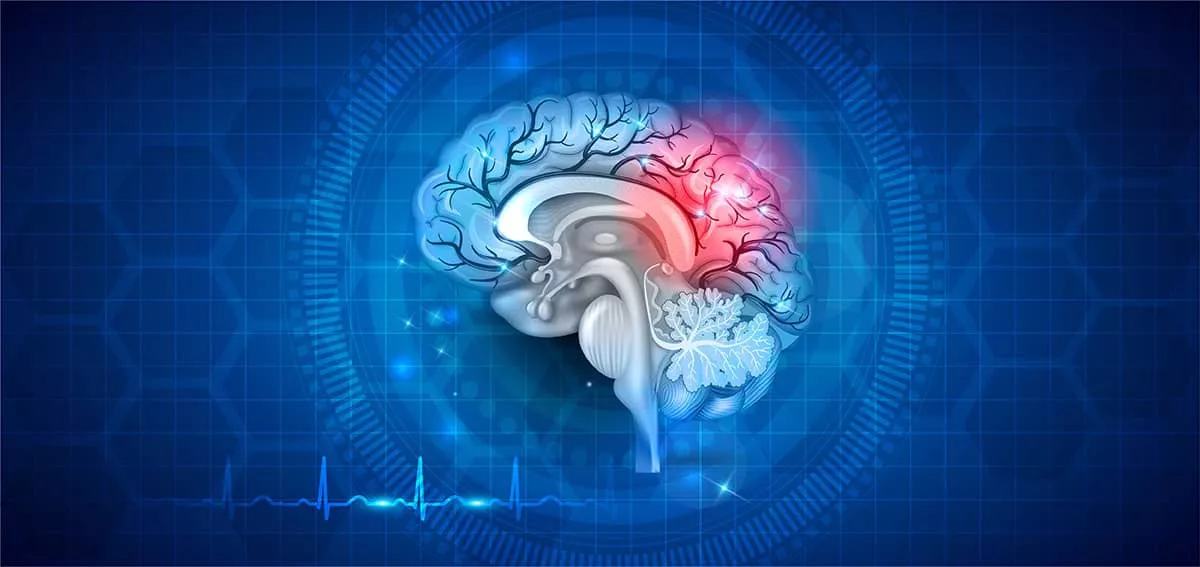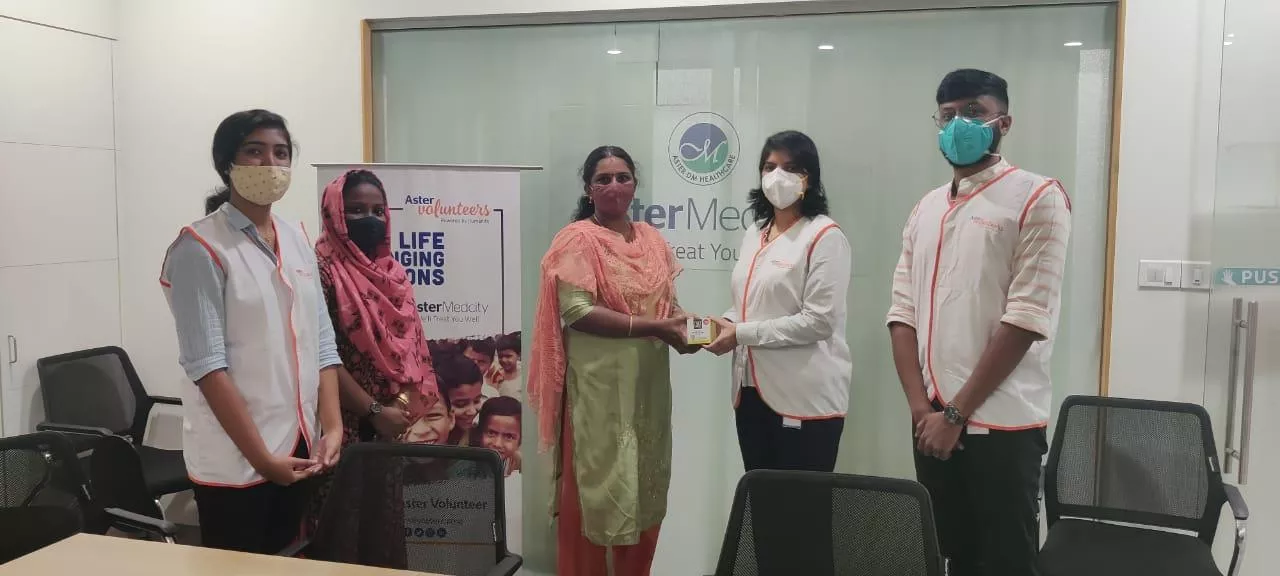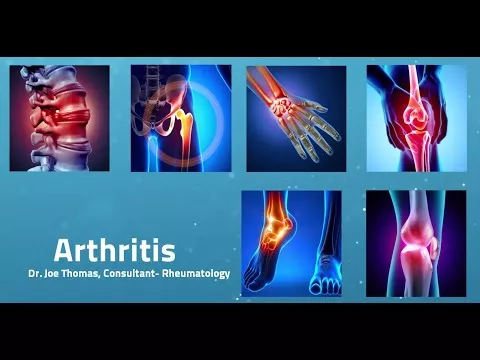Scleroderma is a rare progressive autoimmune and chronic connective tissue disorder in which normal tissue is replaced with thick, collagen-rich tissue. Scleroderma affects each person differently, yet it can be quite dangerous. There are multiple steps and medications you can take to bring down the symptoms of scleroderma. However, medical specialists believe that early diagnosis and treatment of organ implication is essential for improvements.
What is Scleroderma?
The science of scleroderma is very complex. It involves three processes. The first is diffuse microangiopathy, which leads to extensive capillary loss and obliteration of small and medium-sized arteries. The following two are inflammation and autoimmunity and visceral and vascular fibrosis in multiple organs.
Scleroderma originates when a genetically susceptible individual suffers a vascular injury that results in inflammation, autoimmunity, and vascular structure and function changes. At this stage, Endothelial Cells and Platelets are activated. Reactive Oxygen Series (ROS) are also generated. This leads to the production of the hormone 'Endothelin-1' and the recruitment of Leukocytes such as T-cells, B-cells, monocytes, and macrophages. The Leukocytes release inflammatory mediators, which causes fibroblast activation. This directly results in Tissue Fibrosis which is the replacement of healthy tissue with dense, stiff, and acellular connective tissue.
The B-cells recruited also produce auto-antibodies which contribute to vascular injury and fibroblast activation. Endothelin-1 leads to the destruction of small and medium-sized arteries and then tissue hypoxia.
The fibrosis forms a layer on the skin's dermis and destroys the hair follicles and Eccrine glands. As scleroderma progresses, a thick collagen fiber layer is accumulated, which completely deteriorates the adipose layer.
It begins to attack its tissues, causing inflammation and damage of muscles, blood vessels, joints, heart, kidneys, lungs, and gastrointestinal tract. Scleroderma is not infectious or contagious; hence it cannot be passed from one person to another.
Types of Scleroderma:
Individuals with scleroderma can be divided into two types.
Diffuse Cutaneous Systemic Sclerosis: It is linked with extensive skin indurations. It typically begins in the fingers and then spreads to limbs and the trunk. Patients affected by this type of scleroderma usually have early interstitial lung disease and acute renal involvement.
Limited Cutaneous Systemic Sclerosis: It is also called CREST syndrome -- Calcinosis Cutis, Raynaud's Phenomenon, Esophageal Dysfunction, Sclerodactyly, and Telangiectasia. Raynaud's Phenomenon is the first clinical manifestation and may precede the other symptoms over the years.
Symptoms of Scleroderma:
Scleroderma patients show symptoms depending on the type of scleroderma they have. Some of the common symptoms in addition to thickening of the skin include:
- Constipation
- Fatigue
- Shortness of breath
- Difficulty in swallowing
- Joint Contractures
- Heartburn
- Telangiectasias
- Calcinosis
- Swelling in hands and feet
Apart from these symptoms, patients affected by scleroderma are also influenced by Sjogren's disease and Raynaud's phenomenon. Raynaud's phenomenon attacks about 85% to 95% of scleroderma patients. However, this is common and occurs without any underlying connective tissue condition. Scleroderma develops in just 10% of persons with Raynaud's syndrome.
Dry mouth and eyes are symptoms of Sjogren's syndrome. The dryness is caused by a lack of saliva and tears secretion. This is due to damage to moisture-producing glands in the body.
What causes scleroderma?
A combination of factors causes scleroderma:
• Genetics: Scleroderma appears to be more common in people with particular gene variants. This may explain why some kinds of scleroderma are more common in certain ethnic groups and why a tiny percentage of scleroderma cases run in families.
• Environmental factors: Research says Scleroderma symptoms may develop in some people by exposure to particular pills, infections, or pharmaceuticals. Scleroderma can be exacerbated by repeated exposure to certain chemicals or toxic substances like crystalline silica and other solvents. Moreover, no environmental trigger has been discovered till now.
• Poor Immune system: Scleroderma is thought to be an autoimmune condition. Scleroderma patients may also experience other autoimmune diseases such as Sjogren's syndrome, lupus, or rheumatoid arthritis.
• Hormones: Women are more likely to develop scleroderma than males. Research states that hormonal differences between men and women may play a role in the condition.
How to treat scleroderma?
Scleroderma is highly impactful on the daily lives of those affected. Though it has no cure, scleroderma and its associated symptoms can vastly be reduced if detected in early stages and properly treated.
The disease activity in scleroderma can be a challenge to monitor. Dr. Joe Thomas - one of the best rheumatologist in Kochi, Kerala breaks it down by the organ affected by scleroderma because not all patients have every organ involved. If the disease is on the skin, doctors monitor skin cores over time and test the skin stability after Immunosuppressant Therapy. Patients with lung involvement are monitored with pulmonary function tests to measure the volume of air exchanged in the lungs. The duration of the test varies depending on the type of the disease and the organ affected.
There is no single effective drug to treat scleroderma. Treatment always depends on the type, severity, rate of disease progression, and patient's age. Three standard treatments include immunosuppressive, phototherapy, and Vitamin D Analogues.
For any queries related to scleroderma, you can book an appointment at the best rheumatology hospital in Kochi, Kerala
FAQs:
1) Who are at the risk of getting scleroderma?
The most common age to develop scleroderma is between 35 to 50 years. Research says that out of 7 people affected by scleroderma disease, 6 of them are women.
2) What is the difference between Limited and Diffuse scleroderma?
The former is milder than the latter.
3) How fast does scleroderma progress?
The disease progresses over 3 to 5 years.
4) How painful is scleroderma?
The scleroderma can cause significant problems and pain. The pain may range from uncomfortable to debilitating.
5) Can a blood test confirm scleroderma?
No. Additional tests like breathing and pulmonary test needs to be done.



